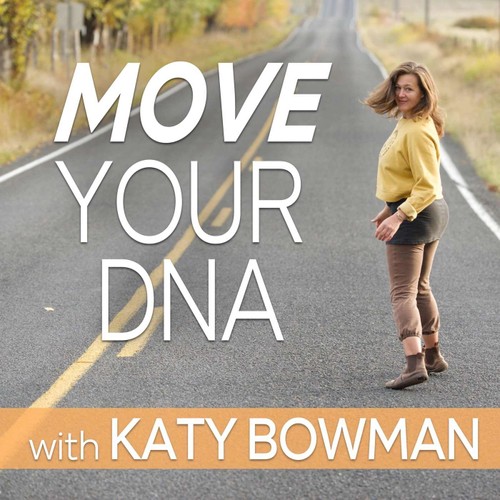
 Move Your DNA with Katy Bowman
Move Your DNA with Katy Bowman Ep 173: Is Posture a Thing?
Jan 29, 2025
Biologist Jeannette Loram joins for an engaging discussion on the complexities of posture. They explore whether traditional views of 'good' posture actually benefit health or if they’re merely social constructs. Jeannette shares insights into the historical evolution of postural ideals and the cultural influences that shape our understanding. The conversation humorously contrasts personal and professional perspectives on alignment, while advocating for a functional approach over aesthetic ideals in navigating bodily movement.
Chapters
Books
Transcript
Episode notes
1 2 3 4 5 6 7 8 9
Intro
00:00 • 3min
The Philosophy and Science of Posture
02:45 • 4min
Exploring the Nuances of Posture
07:12 • 2min
The Fluidity of Posture: A Historical Perspective
09:40 • 17min
Rethinking Posture: Beyond Good and Bad
26:34 • 21min
Navigating Complexity in Understanding Nuance
47:50 • 1min
Exploring Dog Exercise and Sustainable Footwear
49:10 • 2min
Understanding Canine Activity Patterns: Crepuscular Habits and Human Influence
51:38 • 4min
Exploring Adaptation and Posture in Movement
55:38 • 3min





